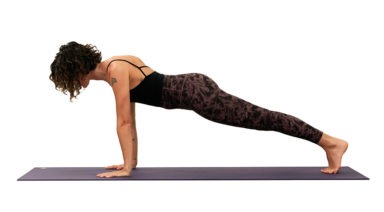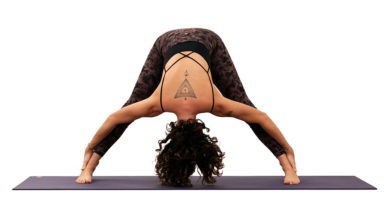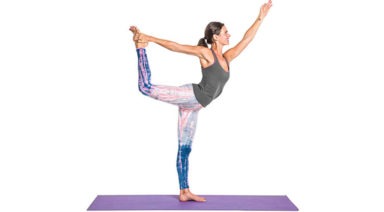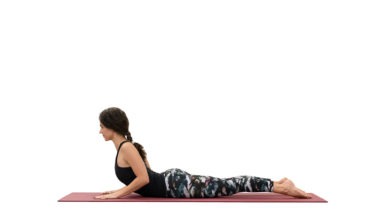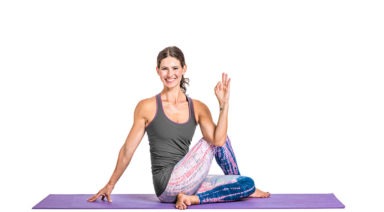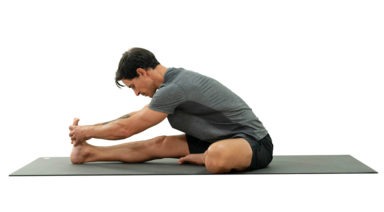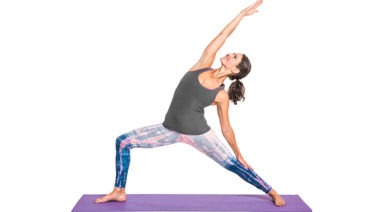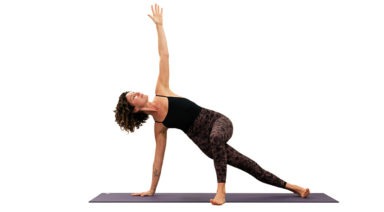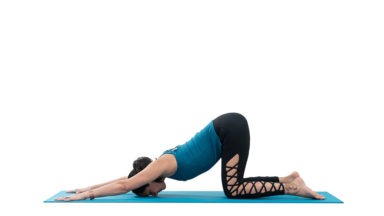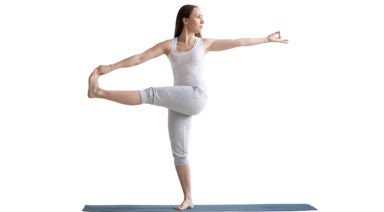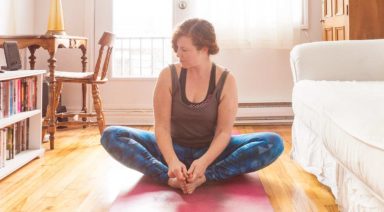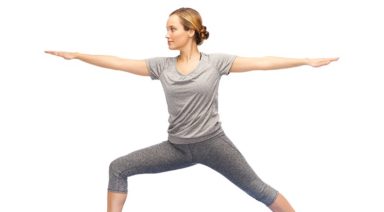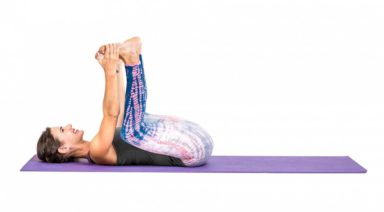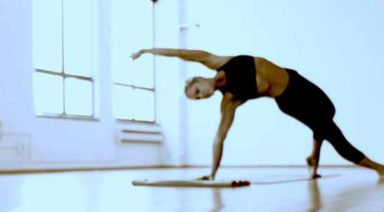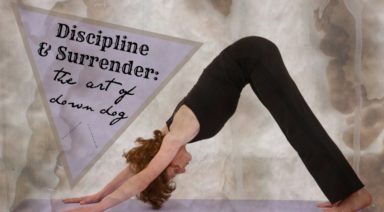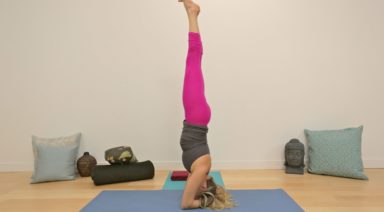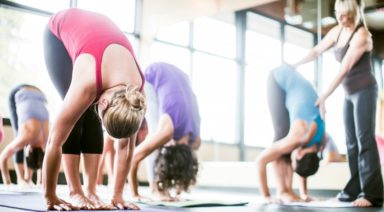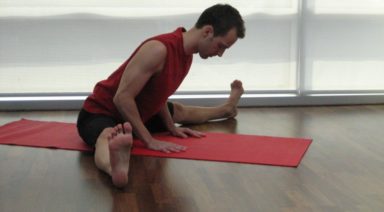How Yoga Can Help You Recover from Adrenal Fatigue

“Adrenal Fatigue” is a term that pops up more and more frequently these days. Do any of these symptoms sound familiar to you?
- You feel tired for no reason.
- You are overwhelmed by moderate tasks and more impatient and irritable than usual.
- You have trouble getting up in the morning.
- You feel rundown.
- You frequently get sick and have trouble recovering.
- You crave salty snacks.
- You feel more awake after 6pm.
- You gain weight around the abdomen.
- You suffer from PMS.
If this is the story of your life, you might have a fatigued adrenal system most likely caused by stress.
The adrenals are glands just above your kidneys and their function is to regulate hormones. One part (cortex) secretes hormones vital to life called corticosteroids. There are two corticosteroids: cortisol and aldosterone. Cortisol is responsible for responding to stress and is also involved in carbohydrate, fat and protein metabolism. Aldosterone is responsible for the regulation of the salt/water balance in the body.
The other part (adrenal medulla) secretes non-essential hormones like adrenaline and noradrenaline. These hormones are involved in a response called the “fight or flight” mechanism and help the body deal with stressful situations.
Now, usually these glands are meant to deal with short bursts of stress so they can recover quickly. For example, way back when we were hunted down by wild animals, adrenaline and noradrenaline would kick in to get us away from the dangerous animal and a life-threatening situation. This would usually take a few minutes followed by some recovery time in a safe shelter. However, the body cannot distinguish between the stress of fearing for our life from back then and the stress we encounter in our lives today. Unfortunately, stress these days is more constant and taxing on our adrenals because there is no natural outlet (e.g. running away to put the hormones to use). Most of the time we encounter stress that we can not run away from such as a bad work situation, financial problems, family or health problems. Our adrenals constantly secrete hormones because they think we are in life-threatening situations. These hormones have other functions though, like regulating metabolism and keeping your weight in check, regulating blood pressure so you won’t feel dizzy, and secreting and regulating other hormones that influence PMS. Unfortunately, once the adrenals are fatigued and depleted, they can no longer fulfill these functions and we start feeling tired, rundown and get sick. They simply cannot keep up the supply that is demanded.
In order to restore the adrenals, we need to actively deal with stress. Yoga is a great solution in many ways. Not only is the physical aspect of yoga helpful to cycle out all the excess hormones but the mental aspect is beneficial as well. Meditation and slow movements are great ways to slow down the heart rate and shift the body from the sympathetic “fight or flight” mode to the parasympathetic “rest and digest” mode. To calm the body and mind, restorative yoga poses can work wonders. Check out My Yoga’s library for restorative yoga practices.
Yoga for Injury and Trauma

After a traumatic event you need to be discerning to determine when to get moving and grooving again. If you are healing from medical issues, it may be appropriate to ask your physician. When your body and spirit are ready for active healing, your intuition will sense that it’s time to get moving. Listen to your inner voice of wisdom!
Therapeutic Yoga Practices to Get You Moving Again
1. Sun Salutations
Sun salutations bring the energetic quality of the sun into your body. Warmth, growth, energy, lightness, upliftedness.
2. Moon Salutations
Moon salutations bring the cooling, divine feminine, dark-side and circular energy. A complement to sun salutations, done as a flow that circles from the first to last pose in a mandala or a round fluid flow. Go as quickly or slowly as your body wants you to.







